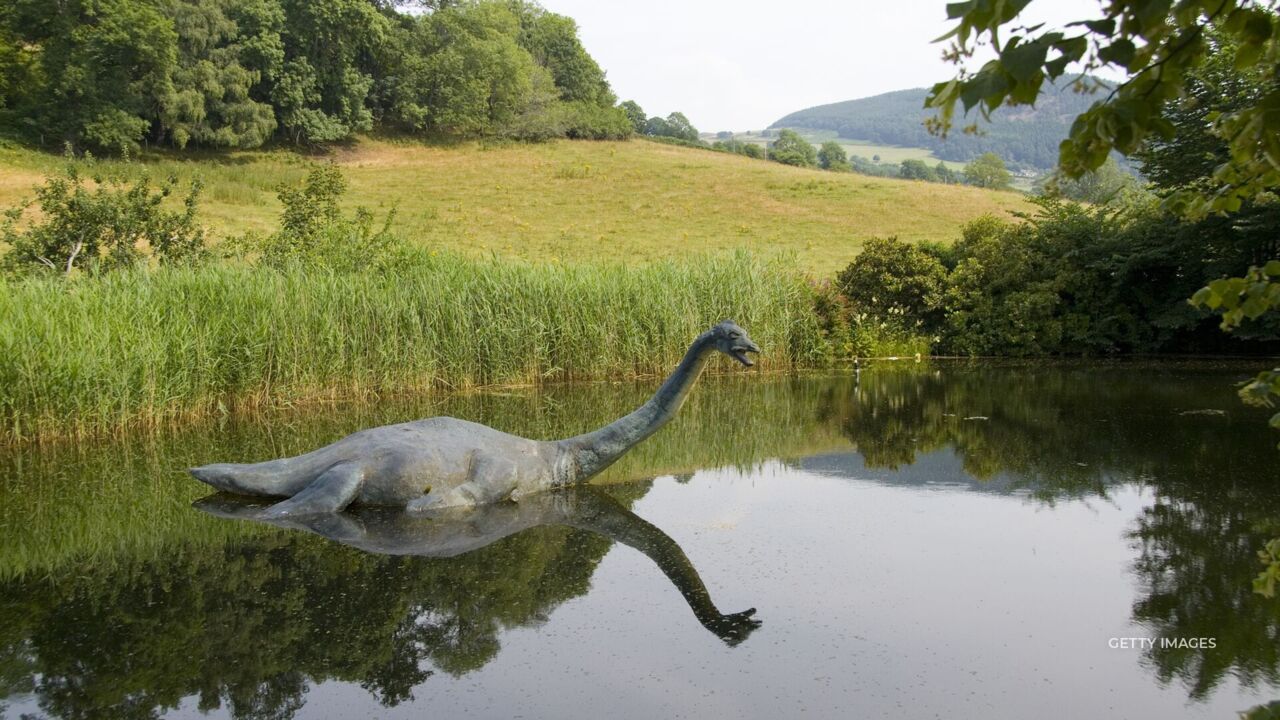
WHOA NESSIE! SOME BRITISH SCIENTISTS ARE SAYING THE EXISTENCE OF THE LOCH NESS MONSTER IS NOW PLAUSIBLE.
LOCH NESS IS A LAKE IN THE SCOTTISH HIGHLANDS. LOCAL FOLKLORE SAYS A MONSTER, KNOWN AS NESSIE, IS LIVING IN THE WATER.
YEARS OF REPORTED SIGHTINGS OF THE MONSTER HAVE LED MANY TO BELIEVE NESSIE, IF HE OR SHE REALLY EXISTS, COULD BE A PREHISTORIC REPTILE SIMILAR TO A PLESIOSAUR. BUT CRITICS SAID THAT COULDN’T BE THE CASE BECAUSE PLESIOSAURS COULDN’T LIVE IN FRESH WATER.
NEW EVIDENCE FROM THE AFRICAN CONTINENT, HOWEVER, SHOWS THE ANCIENT ANIMALS MAY HAVE INDEED LIVED IN FRESHWATER.
SCIENTISTS FROM THE UNIVERSITY OF BATH PUBLISHED THEIR FINDINGS THIS WEEK ABOUT SOME FOSSILS FOUND IN MOROCCO. THE FOSSILS ARE FROM ADULT AND JUVENILE PLESIOSAURS, AND BECAUSE OF WHERE THEY WERE FOUND, SUGGEST THE ANIMALS ADAPTED TO TOLERATE FRESHWATER, SIMILAR TO TODAY’S RIVER DOLPHINS.
A PRESS RELEASE FROM THE UNIVERSITY OF BATH SAID THE DISCOVERY SHOWED THE LOCH NESS MONSTER WAS “ON ONE LEVEL, PLAUSIBLE” BUT THAT THE FOSSIL RECORD SHOWS THE LAST PLESIOSAUR DIED ABOUT 66 MILLION YEARS AGO.






